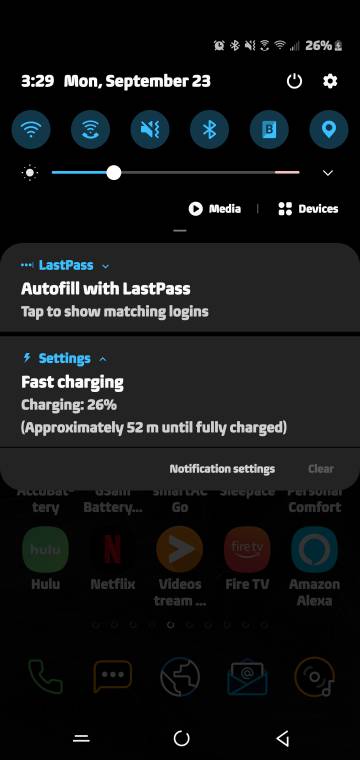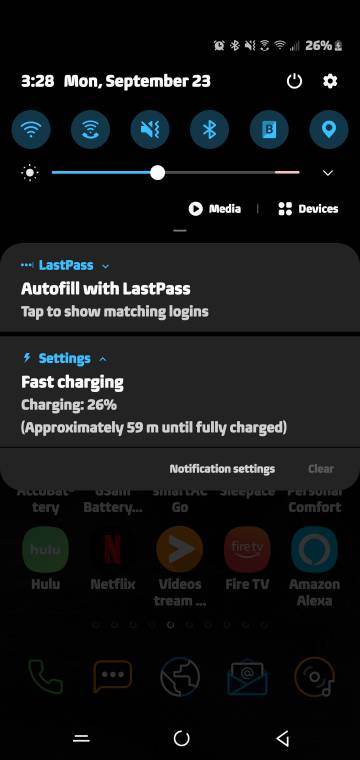bigguh
Well-known member
45 minutes from 0 to full charge would be a 1.33C charge, which would probably destroy the battery on the first charge. The battery is 4.3 Amps, so you can't charge it at more than 4.3 Amps and, since charging isn't 100% power transfer (nothing is), it takes over 1 hour from 0% to 100%. (No matter which lithium battery we're talking about, no matter which carrier, no matter what power in the battery. It's physics, and the fact that lithium batteries can't be charged at greater than their current rating.)
But discharging the battery to 0 kills it quickly, the best operating range is 45%-100%. Since the battery gets warmer as the charge in the battery goes up, it usually only fast charges to 70%, so it's only fast charging for the first 25% of the time (to a 70% charge, then it drops back to normal charge, to keep the phone from becoming a Note 7. It's still going to take normal charge time for the last 30% of the charge, even if they could charge it from 45% to 70% in a few seconds (which would leave tiny pieces of phone embedded in the walls).
Bottom line - the reason they can't speed charging up much more is the laws of physics.
1. Discharging it to 1% regularly will mean a battery replacement is in your very near future.
2. It doesn't fast charge from 70% to 100% as it is. If you charge it starting at 70%, no matter which charger you're using, the phone is only asking the charger for a normal charge.
I definitely agree with the general sentiment here. My research has shown me that these lithium batteries are most optimal between 40 and 80 percent. While I am not completely sold on it, the app AccuBattery does provide much useful information.
You said that fast charging stops at 70%. I have always seen the rate slow down once it reaches 80%, not 70%. Either way, the batteries like to remain between 40 and 80 and are considered to be safest (least volatile) between those percentages. This is why they are always shipped with around 50 or 60% charge.
Above 80% and below 25% they are considered to be in extreme operating regions. AccuBattery also provides estimates of battery wear based on your charging session. For example, I went from 20% to 57% and the app said the battery wear was just 0.05 cycles (5% of a full 0-100 cycle) even though I charged the battery 37%. As you get closer and go above 80%, that wear estimate goes up drastically. Going all the way to 100% increases the wear significantly. So, as I try to explain to my wife, leaving your battery plugged in overnight AND always charging to 100% are two of the worst things you can do for your battery...at least when it comes to how long the battery will last over the long term. You probably would have to keep the phone for about 18 months to really see degradation, but I know people who have seen changes in their batteries after about a year. Those are the same people that charge to 100% and leave the phone plugged in overnight. So, if you upgrade your phone every year, this is likely to matter very little to you.
Another observation, when below 20 or 25%, and when at 100%, I have noticed that the battery drops faster than when it is in the more optimal range.




